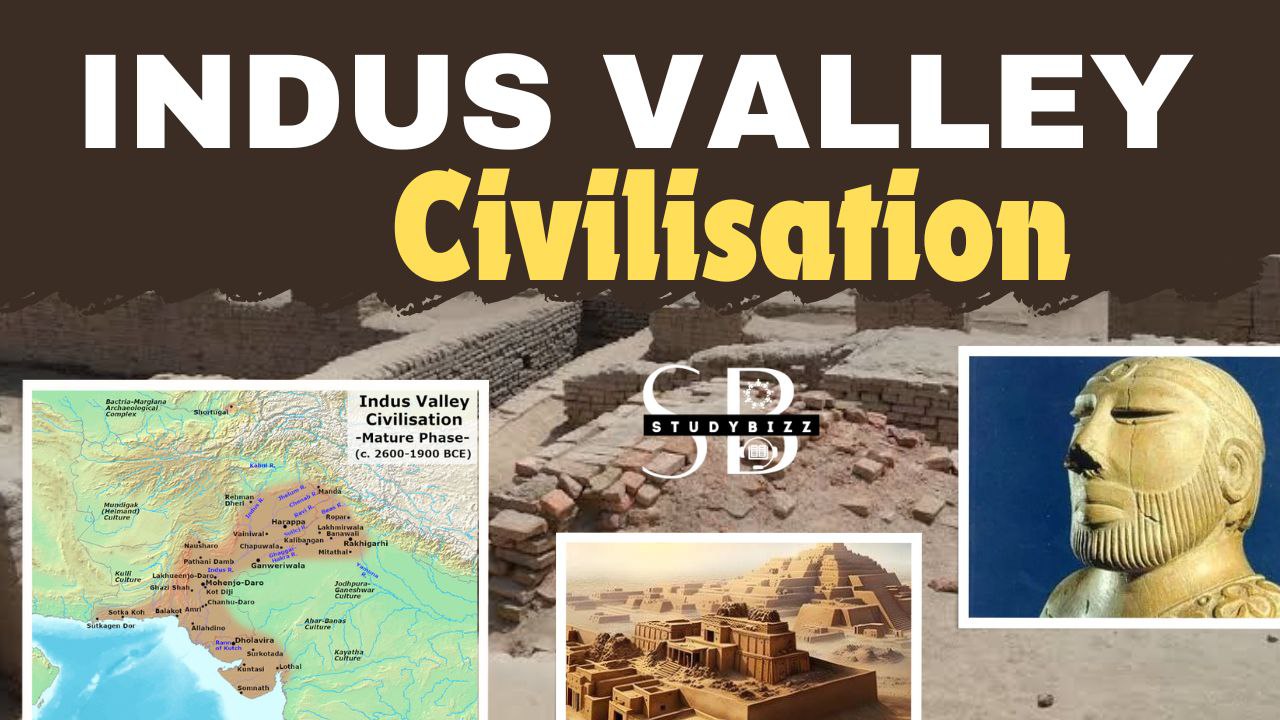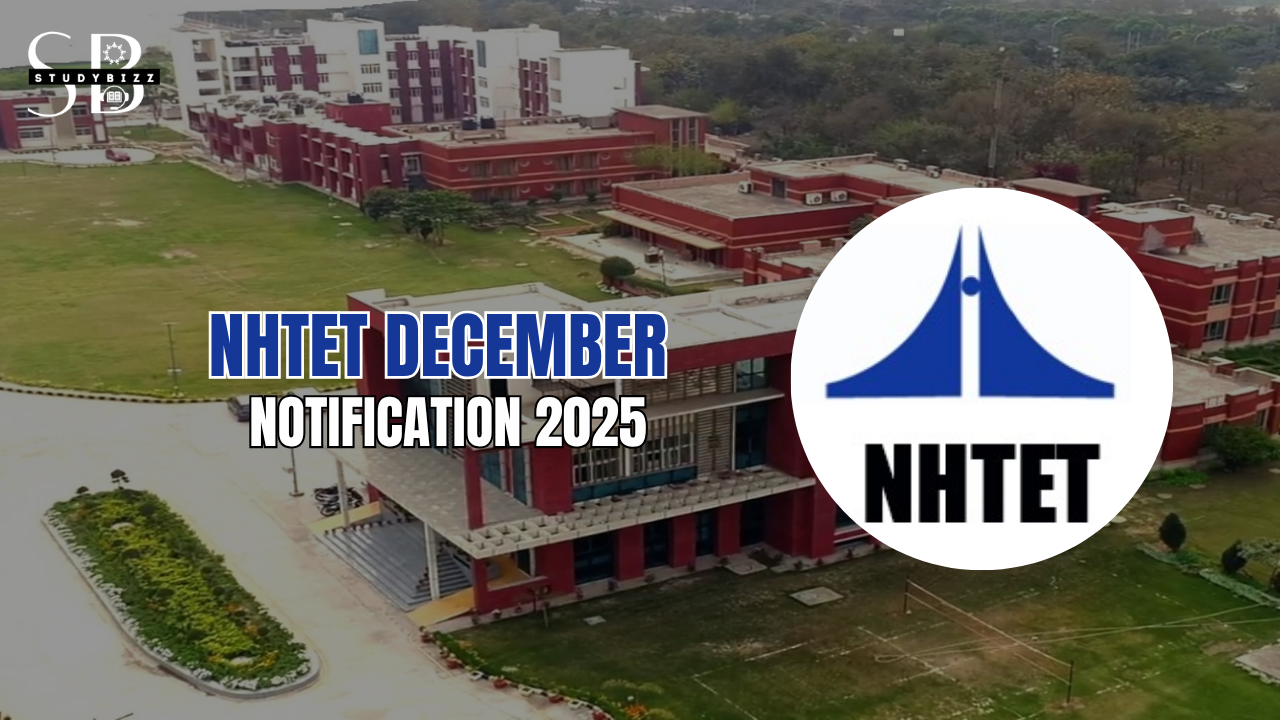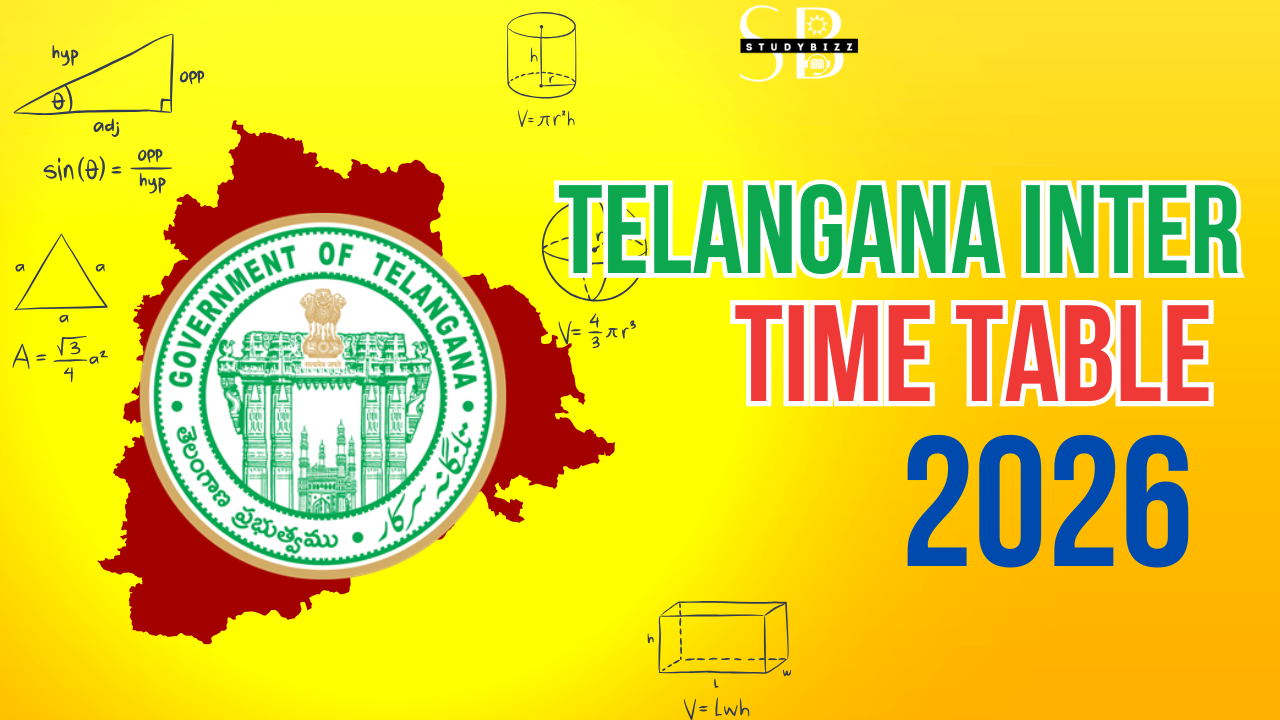Indus valley civilization which flourished on the banks of the Indus river in the north western region of Indian subcontinent between 3300 and 1300 BCE , is one of the three oldest known civilizations to the world.
Indus valley civilization is known to be an urban civilization and alternatively is also called Harappa Civilization.
Origin of Indus valley civilization
Indus valley civilization is believed to have originated naturally during the end of the chalcolithic period and the beginning of Bronze age on the banks of river Indus.
Phases of Indus Valley Civilization or Harappan Civilization
Indus Valley Civilization is classified into three phases
- Early Harappan Phase – 3300 to 2600 BCE
- Mature Harappan Phase – 2600 to 1900 BCE
- Late Harappan Phase – 1900 to 1300 BCE
Administration of Indus valley civilization
Administration under Indus Valley Civilization is more sophisticated as it’s an urban civilization.
Most of the towns under this civilization have been split into two parts: upper and lower town.
The Upper town is a small area raised above the ground also called Citadel, is understood to host political and administrative buildings along with structures like granaries, public cataracts, and a large yard.
The lower town below the citadel is a large area where residential buildings are present.
The exact purpose of the citadel during indus valley civilization is still debated. However it is understood that it is built to safeguard certain public buildings against enemy attack and also to protect granaries by diverting flood waters.
The administration of Indus Valley Civilization is understood to be under a group of authorities rather than under a single person. Each urban center is administered separately by its own administrative bureaucrats.
Key Facts about the Indus Valley Civilization and Town Planning
Indus Valley Civilization has one of the sophisticated and early urban town planning.
- Indus Valley Civilization is an urban civilization which was discovered in present day Pakistan, North Western India (J&K, Rajasthan, Punjab, Haryana, Gujarat, Parts of UP & Uttarakhand) , Parts of Afghanistan.
- There were many urban settlements during this civilization. Major settlements were Harappa, Mohenjodaro, Kalibangan, Chanhu-daro, Lothal, Ropar, Surkotoda, Dholavira, Rakhigarhi, Ganweriwala, Shortugai(northern most), Daimabad(southernmost), Nageshara, sutkagandor(Western most), Alamgirpur(easternmost).
- Most of the cities have Citadel with upper city and lower city. The only city which didn’t have a citadel was Chanhudaro.
- People built houses with baked bricks and houses were mostly single or double storied.
- The cities were well connected with straight roads having link roads connected to main roads which were cut at right angles. There had been lamp posts at regular intervals which were used as Street lights. Roads were 13 to 34 feet wide and well lined.
- Each house was well connected with an underground drainage system on both sides of the road. The major sewer was 1.5 meters deep and 91 cm across and well connected to many north-south and east-west sewers. It was made from bricks smoothened and joined together seamlessly. These were covered with stone slabs or brick slabs.
- Residential areas have public Wells for water and elite groups used to have a well per house.
- There had been Great Baths found in major cities well built with bricks and stairs. Dressing rooms have also been found at these swimming pools. These could have been constructed either for ritual baths or for recreation. Example: The Great Bath of Mohenjo-Daro is called the “earliest public water tank of the ancient world”. It measures approximately 12 metres (40 ft) by 7 metres (23 ft), with a maximum depth of 2.4 metres (8 ft).
- Citadel or upper town was built to be water or flood resistant and secure from enemies.
- Great granaries are found to store grains and these are generally located in the upper town/citadel.
- Cemeteries were maintained for burial and found in various shapes like oval, rectangular , etc. People used to bury even the belongings of the demised person.
Indus Valley Civilization Economy and Occupation
The Economy of Indus Valley Civilization is agrarian based. The majority of people rely on agricultural activities for their livelihood.
Agriculture
Agriculture being the primary occupation, we can see Wheat, Barley , Pulses, Lentils, Cotton, Vegetables and fruits were highly cultivated.
We can see the evidence of cultivating Rice at Rangpur, Lothal region in the late Harappan period. However this is not the common staple of food during IVC.
Indus Valley Civilization people have domesticated the animals like Cow, single horned Hump Bull(for agriculture ), Dog, Goats, etc.
They were well aware of Rhino, Elephant, Deer, etc.
The only animal they were not much aware of was the Horse. Though archeologists discovered the remains of horses at Surkotoda region during the late phase of IVC, it remains mostly an unknown animal for the people of Indus Valley Civilization.
Trade
The people of Indus Valley Civilization had sophisticated trade relations globally with Mesopotamia, Sumeria regions where contemporary civilizations were discovered. From Afghanistan to central asia IVC maintained good trade relations
The people of Indus Valley used Seals and measurements for trade. The trade happened through barter or exchange of goods. There was no evidence of currency.
Bullock carts were used for the transport, they traded both through roadways and internationally through water ways. Evidence of the dock yard at the lothal marks the sophisticated sea route trading they were aware of. Harappas developed the first accurate system of standardized weights and measures.
Industrial or Manufacturing Sector
IVC or Indus Valley Civilization flourished in the manufacturing sector. Pottery with baked clay is found. IVC people were experts in manufacturing terracotta goods.
The Indus Valley people were highly skilled. They were skilled in making pottery, metal goods, various tools, weapons, weaving and spinning, dyeing and other crafts. They were the clothes of cotton and wool. Leather is known to them however they were not familiar with silk.
There was evidence of various factories during Indus Valley Civilization. They were skilled in manufacturing ornaments. A bead factory is found at Chanhudaro. Ornaments of stone, metals like bronze copper, silver , gold were found. They were not aware of the metal iron.
Society, Culture and Religious life during IVC
Indus valley civilization being mostly urban civilization, shows people lived in prosperity. We can find sophisticated town planning and people lived in either single or double storied buildings.
Wells, well connected roads, underground drainage system, good transport facility marks the high standard life of Indus Valley people.
Looks like everyone had sufficient work in the form of agricultural as well as industries and manufacturing sectors. Indus Valley Civilization people lived in peace and prosperity.
The most significant thing here is there is no specific religion as such identified and no temples are constructions related to gods found.
However they worshipped the mother goddess and nature. They worshipped trees, water, pigeons, snakes, etc. A statue of the priest king made of steatite was excavated at mohenjodaro.
People of IVC were fond of ornaments and beauty. Both men and women wore ornaments which include necklaces, fillets, armlets, finger rings and women in specific worn earrings , anklets and girdles. Lipstick remains in Chanhudaro and bead factory in Lothal.
People of IVC entertained themselves through various games like dice, staging animal fights, dance, fishing , chess, hunting etc.
Food of Indus Valley Civilization includes Wheat, Barley, Various vegetables, Fruits, meat, fish etc.
Indus Valley Civilization people have a script which is pictorial and so far not a disciphered.
Major Discoveries of Indus Valley Civilization
Jewellery, Ornaments, daily used items, pottery, seals, beads etc were found at the majority of the sites. Below are a few major Discoveries site wise.
Bronze dancing girl statue, Great Baths , Pashupati steatite seal, Bronze bull, cotton cultivation traces – Mohenjo-daro, Sindh, Pakistan
Copper Bullock cart, Granaries , Bronze bull seal, terracotta figurines, coffin burial,red limestone male torso – Harappa, Pakistan
Artificial Dockyard, Bead factory – Lothal
Lipstick, Inkpot – Chanhudaro
Copper Chariot – Daimabad , Maharashtra
Fire altars, earliest ploughed field, Earthquake evidence – Kalibangan
Horse remains – Surkotoda , Gujarat
Rice cultivation – Rangpur , Gujarat
Fall of Indus Valley Civilization
The reasons for the extinction or the fall of Indus valley civilization is still debated.
Various factors might have contributed to the extinction of IVC. Which includes natural calamities like earthquakes, floods; extinction of saraswati river , Aryan invasion etc. Nevertheless the Indus valley civilization stands as one of the earliest and most sophisticated civilizations in the Indian subcontinent flourished for almost 2000 years.





Leave a Reply